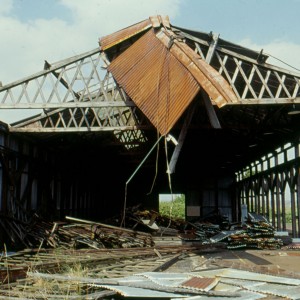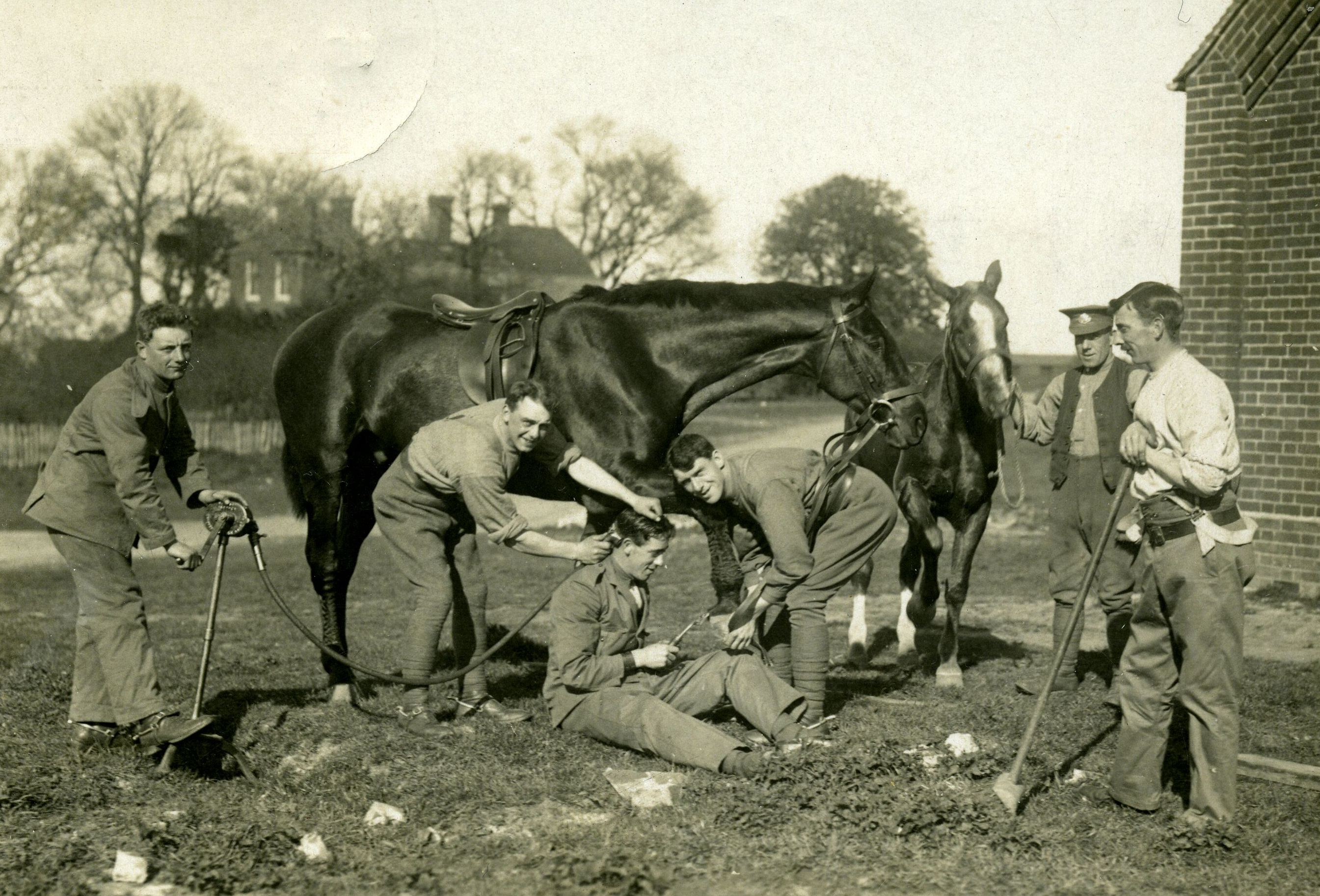Site Safety
Make sure you are well prepared before you set foot on-site by thinking about site safety.
Site access and permission
Please remember if you are entering a site on private land, you must seek consent from the owner and/or occupier. Legal requirements vary across the UK with some sites having both public and private access. Please check before your visit.
If consent is given, please observe the Countryside Code. For guidance on the countryside code, go to:
Health and Safety on-site
Before setting out it is worth consulting online sources for advice on local weather conditions and any other appropriate measures to ensure your safety.

It is your responsibility to take health and safety precautions when you are recording a site. Please note that any issues that may arise as a result of your use of the recording form are not the responsibility of the Council for British Archaeology or its project partners. By registering on our website and using our recording toolkit within your project you are acknowledging that access and health and safety are your responsibility.
Take care when working close to derelict buildings or trenches. For unstable buildings, you could avoid contact when recording by using an appropriate technique such as photography. Even low remains may be prone to movement or collapse if you walk on them, so take care and be sensible about how you approach earthworks and buildings.
Risk assessment
Before conducting your site recording, you may like to undertake a risk assessment, particularly if you are taking a group of volunteers to a site. An example risk assessment template file in PDF format is provided here:







